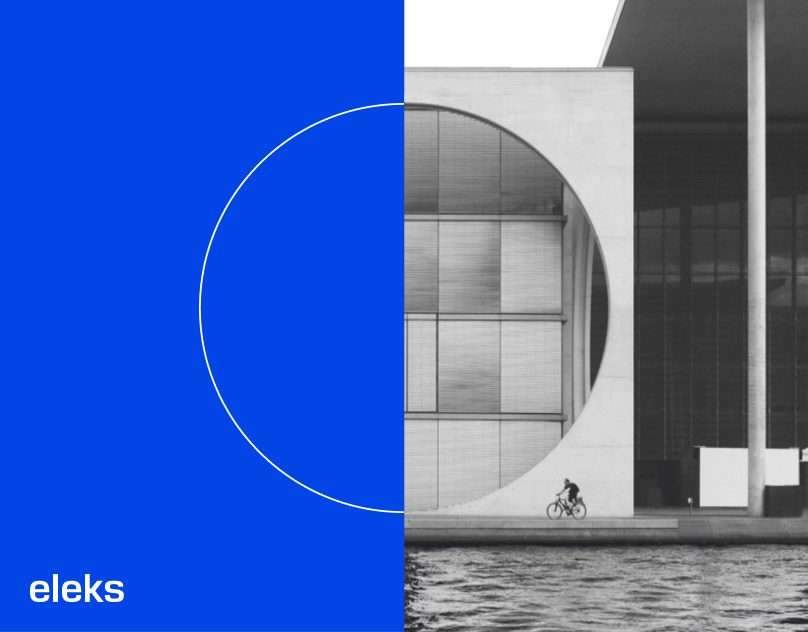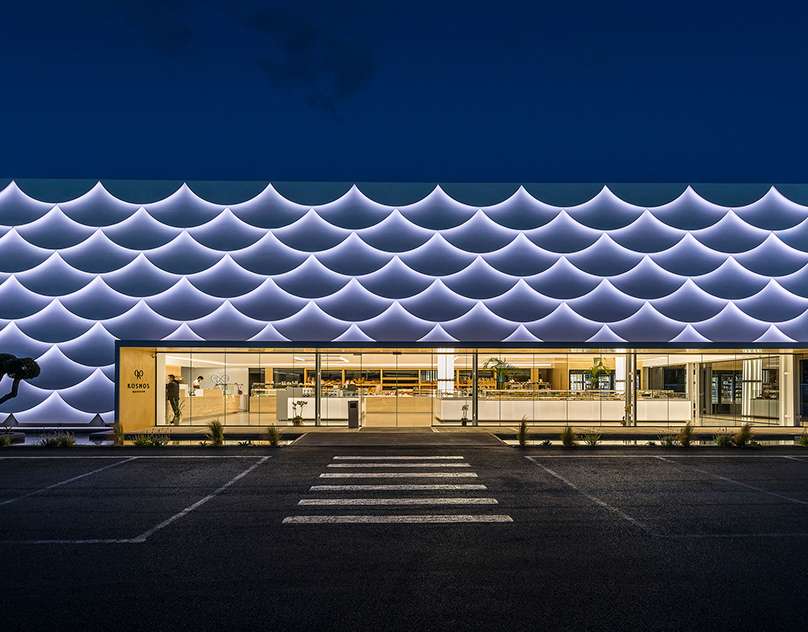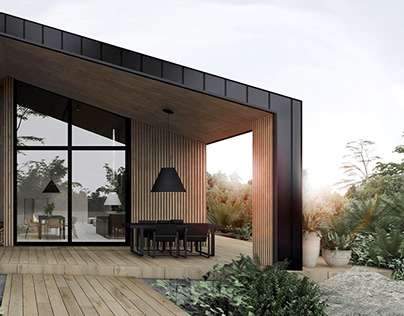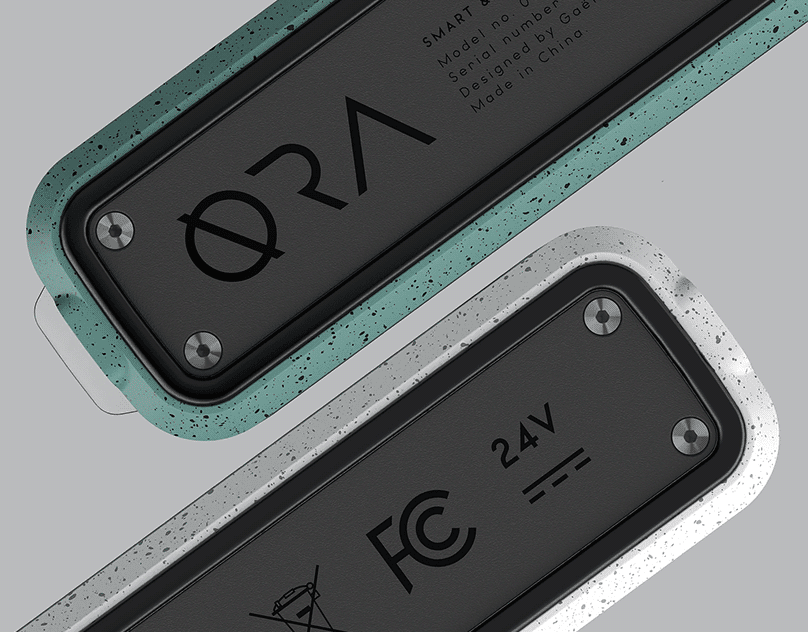Science fiction has been a cultural phenomenon for decades now, affecting the landscape of our lives in many ways, from our terminology and the way we think to what we wear, what we drive, and where we live.
From architecture to color schemes and room layouts to furniture design, there is no doubt that science fiction has shaped the look of our living spaces.
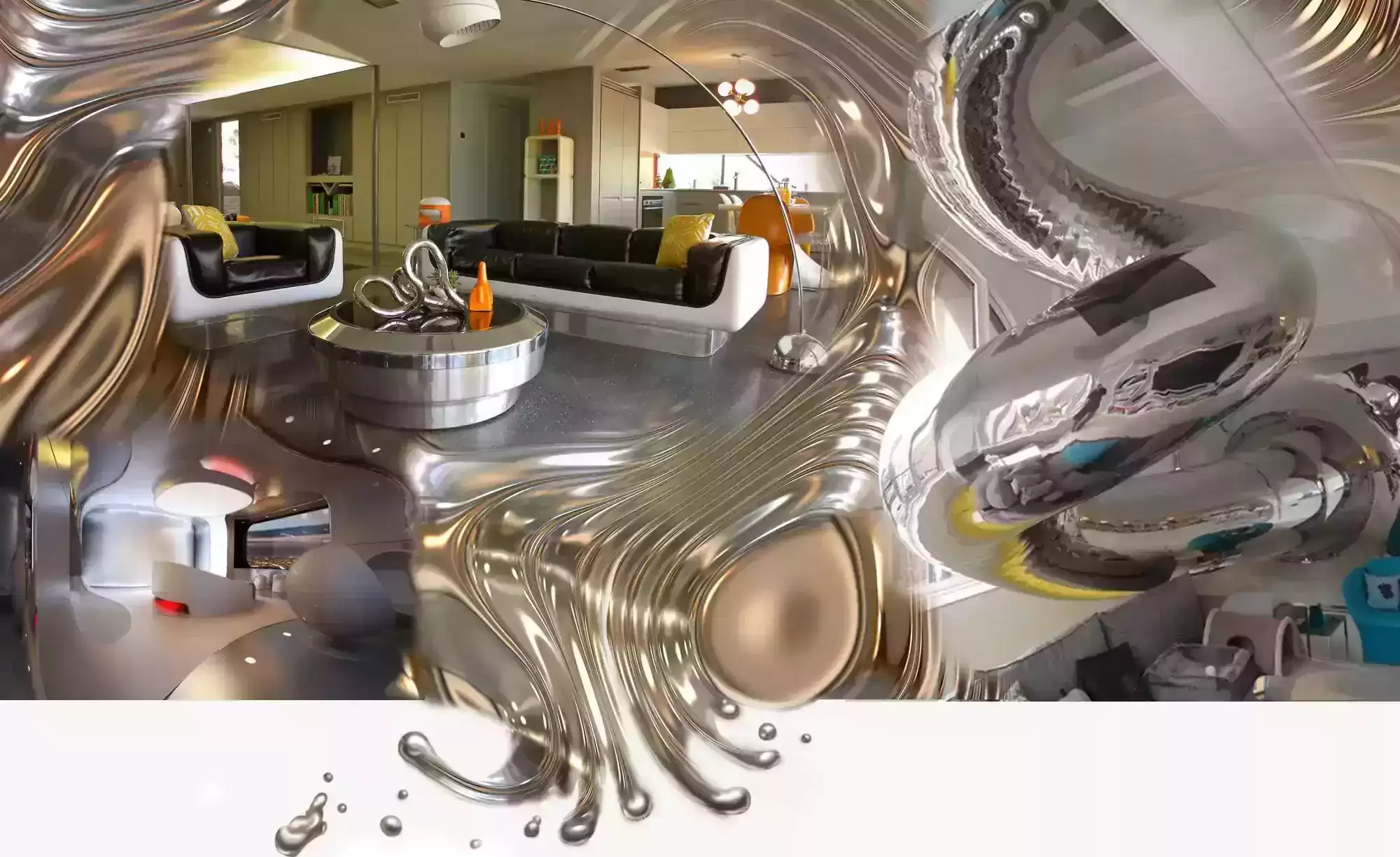
The influence of science fiction in the modern era
Before we dive into an actual look into the future in the context of interior design, let’s take a quick stroll through the past and see how these sleek, minimalist modern trends evolved in the first place.
Early grumbling
The beginning of science fiction can be traced back to writers such as Jules Verne, George Orwell, and H.B. Lovecraft.
The content of these writers was usually Earth-centered, although it often included extraterrestrials, hidden worlds, and physical phenomena.
and another spatial that served to lay the groundwork for the science fiction revolution that was to come.
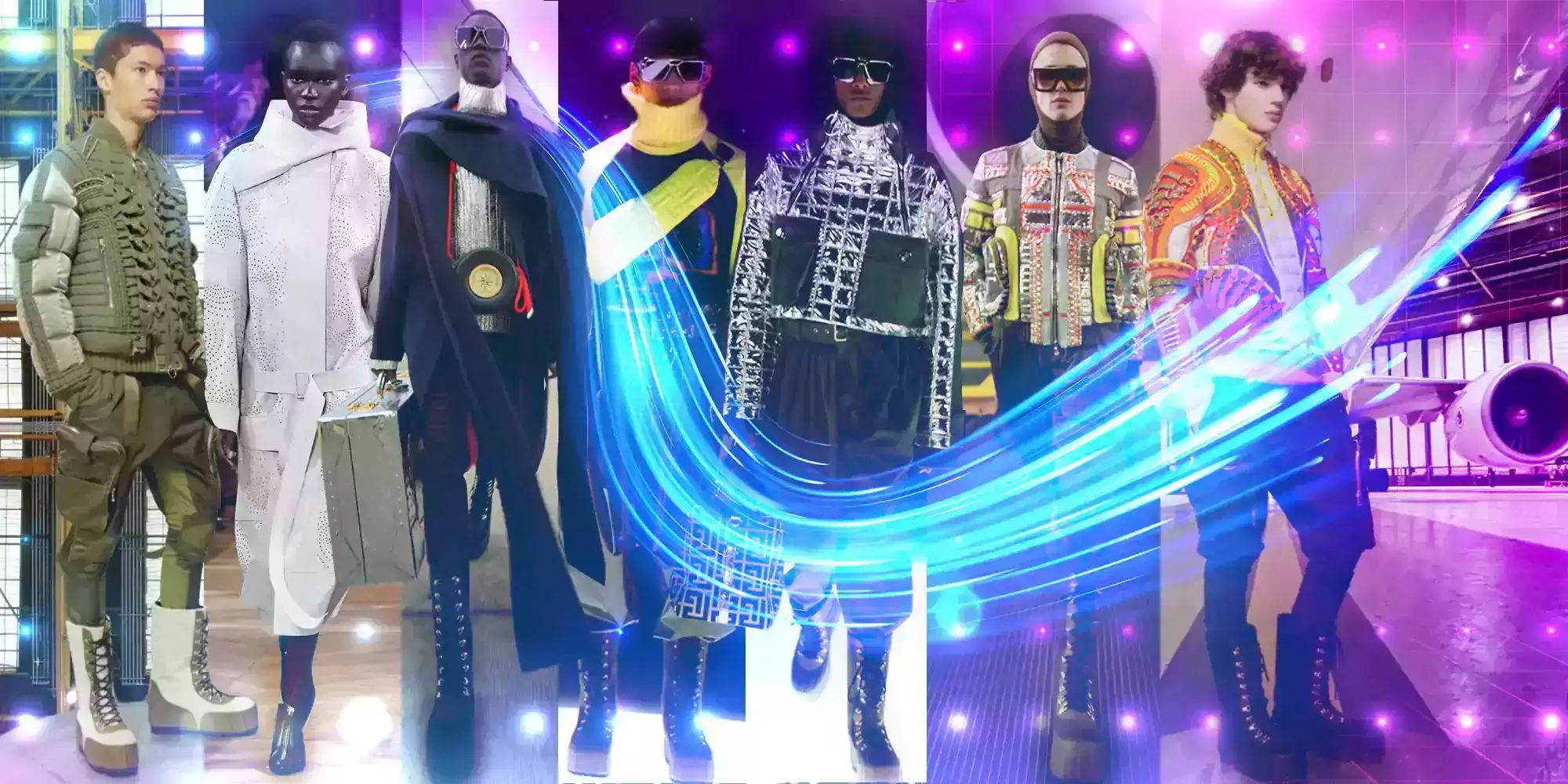
childhood
As the movement caught on, a slew of futurist and dystopian writers began arriving on the scene.
Among them are the likes of H.G. Wells, Ray Bradbury, Isaac Asimov and Aldous Huxley, who all begin to build on what previous generations have left to them.
He expanded the possibilities with works such as I, Robot, A Brave New World, and 1984.
Some of them, like The Martian Chronicles, even took many concepts out of this world in the process.
Maturity
As science fiction hysteria grew in momentum, it began to adapt itself to the wildly different visual representations in television and movies.
Star Trek, Star Wars, The Terminator, and even The Jetsons have gone on to develop many different science fiction theories revolving around them.
while its mainstream acceptance began, just as the nascent technological age began to explode, to influence society more.
puberty
The modern era has seen a general acceptance and sense of normalcy in the science fiction landscape, embracing trends from films to technology,
And from cars to clothes, and so much more, features quickly reflect many of the designs we see in the future.

The future of science fiction in interior design
How have these trends from the past affected our homes themselves?
Let’s take a closer look.
Basis
The architecture was greatly influenced by a century of science fiction influence, as more buildings were built with an eye on future trends.
On the other hand, many of the buildings took on a smooth, shiny appearance, with gentle curves and an abundance of windows.
On the other side of the “smooth and shiny” coin is the cyberpunk look, a trend that found its initial mainstream expression in the 1980s with films such as Blade Runner.
It often incorporates hard, unforgiving lines, unimaginative concreteness, and a direct, blocky feel that screams utilitarianism. Cyberpunk –
or “hard concrete” as some call it—bringing a cool, mathematical influence to our modern design trends,
Even if many of its harsh edges have been softened over the years as it has been combined with other, gentler designs.
Minimalism
Minimalism is one of the biggest trends in modern interior design that finds much of its inspiration in science fiction.
This was on full display in examples such as the Starship Enterprise bridge from Star Trek,
Older versions come full of flashy buttons, touches, and screens.
While newer models find more inspiration in the clean, smooth panels with subtle touch on-screen buttons.
This same movement toward simplification can also be seen in many groups in the Netflix sci-fi thriller Black Mirror,
which is often characterized by very sparse spaces, with white, black and gray playing prominent roles in the color scheme.
Of course, by itself, simplicity doesn’t put you much in the way of interior design.
But it does force us to use thoughtful thinking about what we choose to include in our spaces.
Glossy look and industrial effect
Glossy surfaces are an obvious side effect of the minimalist science fiction sets that have been so popular in recent decades.
Plus, from coffee shops to apartments and homes, a minimalist industrial look is quickly becoming the norm.
Apple storefronts are an excellent example of how this trend is permeating our retail spaces.
Even the unadorned, recycled industrial trend is leaving its mark in Art Nouveau.
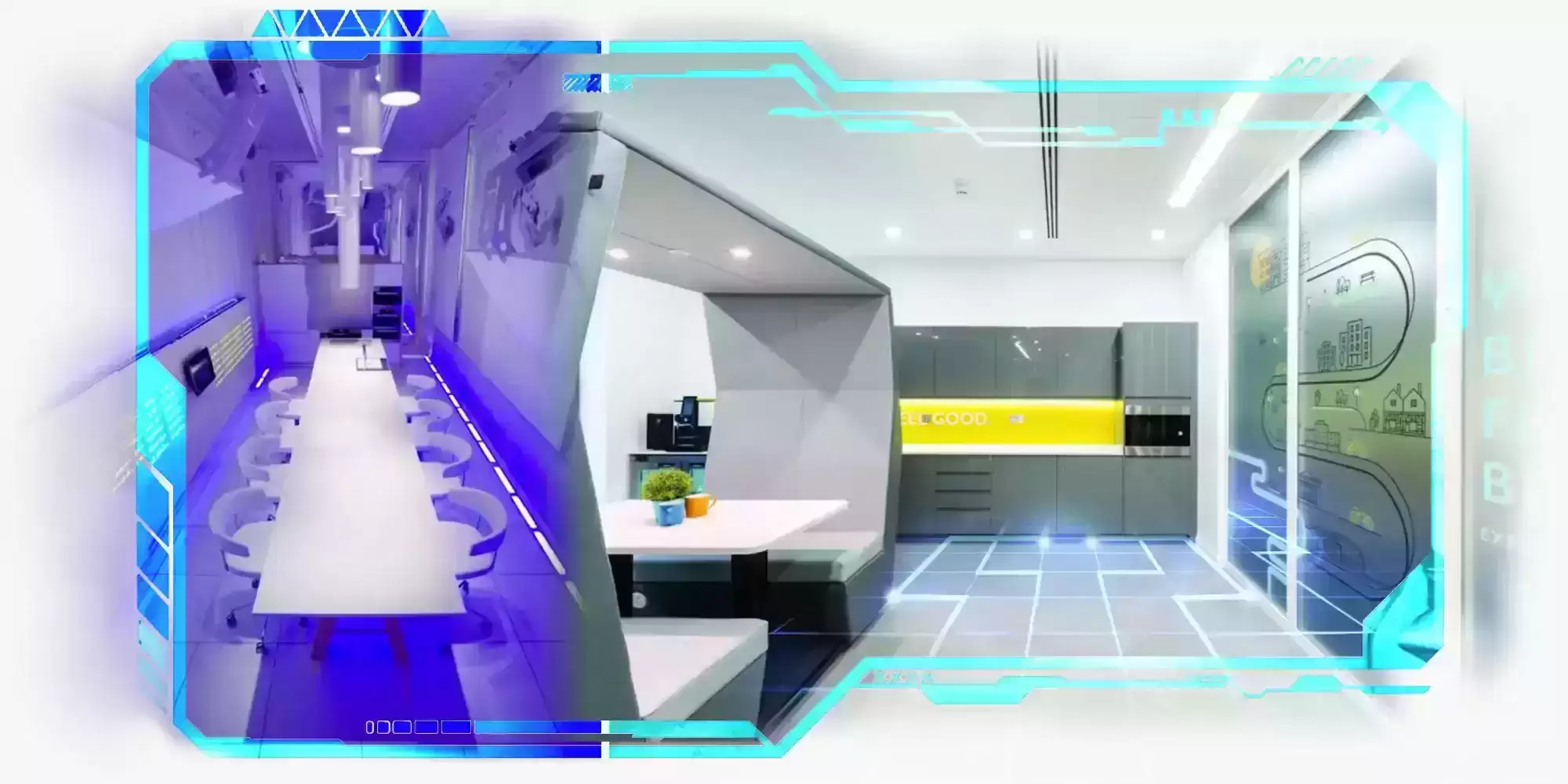
Go beyond the physical
As we are used to concepts like space travel along with being surrounded by technology in general,
The world of science fiction is beginning to push the boundaries of more than just space.
Conquer time travel, artificial intelligence, and apocalyptic scenarios (often associated with very real and present threats,
such as environmental disasters, weapons of mass destruction, or unstoppable pollution and epidemics) take center stage in modern media.
This has been depicted in such anthology films as The Hunger Games, The Walking Dead, or Ex Machina.
While the influences of the science fiction genre are far less realistic,
It only serves to continue to enhance this simple, streamlined approach that puts less emphasis on flash and magic.
Instead, a clean and orderly space is combined with the pursuit of the deeper meanings of the word life.
The future is ever-evolving
From interior design to education and beyond, the future has a lot in store.
With change is the only factor we can count on.
This applies to our living spaces as much as anything else.
And with interior design always reinvented, the influence of science fiction will surely continue to provide more twists and turns in our living spaces in the future.
For more architectural news
Interior design for health and medical centers







